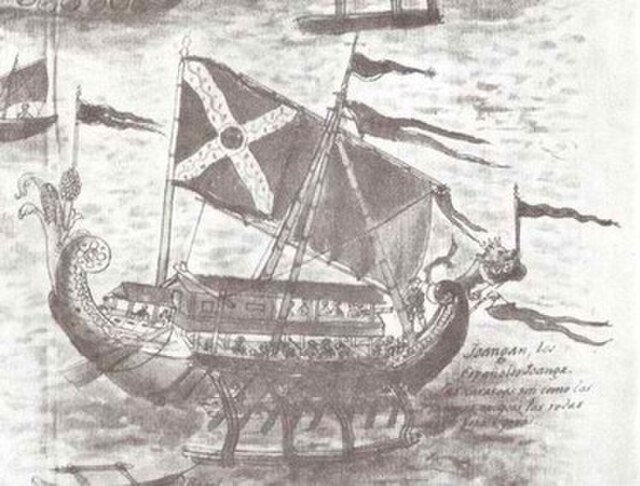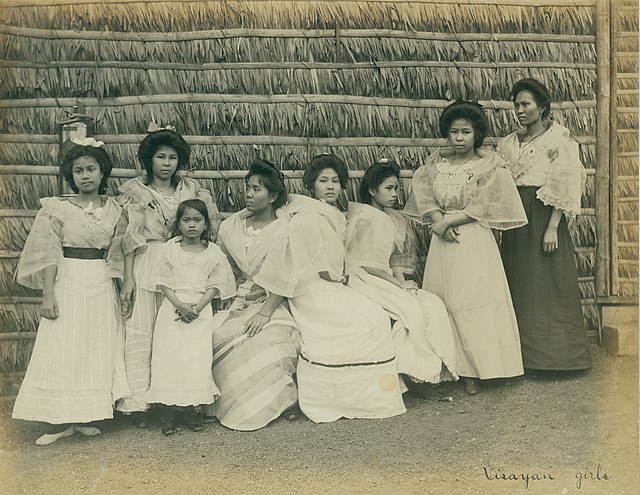The timawa were the feudal warrior class of the ancient Visayan societies of the Philippines. They were regarded as higher than the uripon but below the tumao in the Visayan social hierarchy. They were roughly similar to the Tagalog maharlika caste.
17th-century depiction of a Spanish-built joangan, from Historia de las islas e indios de Bisayas (1668) by Francisco Ignacio Alcina
Visayans or Visayan people are a Philippine ethnolinguistic family group or metaethnicity native to the Visayas, the southernmost islands of Luzon and a significant portion of Mindanao. They are composed of numerous distinct ethnic groups, many unrelated to each other. When taken as a single group, they number around 33.5 million. The Visayans, like the Luzon Lowlanders were originally predominantly animist-polytheists and broadly share a maritime culture until the 16th
century when Catholicism was introduced by the Spanish empire. In more inland or otherwise secluded areas, ancient animistic-polytheistic beliefs and traditions either were reinterpreted within a Roman Catholic framework or syncretized with the new religion. Visayans are generally speakers of one or more of the distinct Bisayan languages, the most widely spoken being Cebuano, followed by Hiligaynon (Ilonggo) and Waray-Waray.

17th-century depiction of a Spanish-built joangan from Historia de las islas e indios de Bisayas (1668) by Francisco Ignacio Alcina
A painting in the Magellan Shrine depicting the death of Ferdinand Magellan at the hands of the warriors of Lapu-Lapu in the Battle of Mactan in 1521
Water carriers in Iloilo, c. 1899
Visayan women presumed to be part of the Philippine Reservation during the 1904 St. Louis World's Fair




